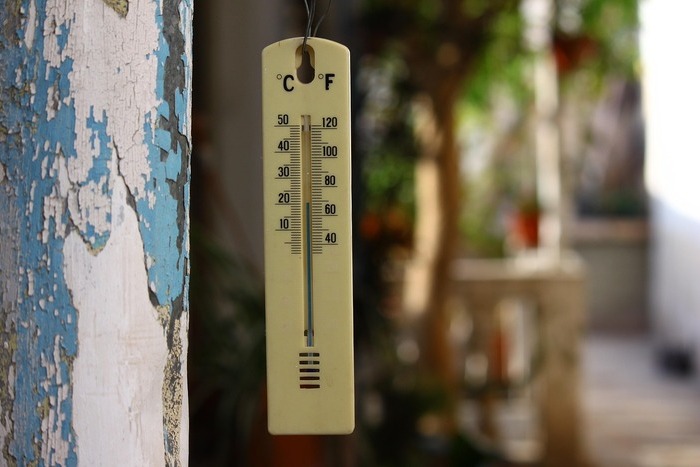The report says that with the upcoming withdrawal of the US from the Paris Agreement, another 0.1°C of progress will be cancelled.
A new report revealed that global temperatures are now predicted to reach 2.3-2.5°C based on full implementation of NDCs, down from 2.6-2.8°C projected in last year’s report. The United Nations Environment Programme’s Emission Gap Report found that with current policies in place, the world is on track for 2.8°C of warming, compared to 3.1°C in last year’s report.
The analysis of new climate pledges under the Paris Agreement found that the predicted global temperature rise over the course of this century has only slightly fallen, leaving the world heading for a serious escalation of climate risks and damages.
The report said that methodological updates accounted for 0.1°C of the improvement, and the upcoming withdrawal of the US from the Paris Agreement will cancel another 0.1°C of progress.
The report found that the multi-decadal average of global temperature rise will exceed 1.5°C, at least temporarily. This will be difficult to reverse and will require faster and bigger additional reductions in greenhouse gas emissions to minimise overshoot, reduce damages to lives and economies, and avoid over-reliance on uncertain carbon dioxide removal methods.
Only a Third of the Parties Have Submitted the NDCs
According to the report, only 60 parties to the Paris Agreement, covering 63 per cent of greenhouse gas emissions, had submitted or announced new NDCs containing mitigation targets for 2035 by 30 September 2025. In addition to the lack of progress in pledges, a huge implementation gap remains, with countries not on track to meet their 2030 NDCs, let alone new 2035 targets.
“While national climate plans have delivered some progress, it is nowhere near fast enough, which is why we still need unprecedented emissions cuts in an increasingly tight window, with an increasingly challenging geopolitical backdrop,” said Inger Andersen, Executive Director of UNEP. “Proven solutions already exist. From the rapid growth in cheap renewable energy to tackling methane emissions, we know what needs to be done. Now is the time for countries to go all in and invest in their future with ambitious climate action.”
Pursuing 1.5°C Crucial
The report said that the overshoot of the temperatures must be limited through faster and bigger reductions in greenhouse gas emissions to minimise climate risks and damages and keep returning to 1.5°C by 2100 within the realms of possibility – although doing so will be extremely challenging. Every fraction of a degree avoided means lower losses for people and ecosystems, lower costs, and less reliance on uncertain carbon dioxide removal techniques to return to 1.5°C by 2100.
The report also highlighted that since the adoption of the Paris Agreement ten years ago, temperature predictions have fallen from 3-3.5°C. The required low-carbon technologies to deliver big emission cuts are available. Wind and solar energy development is booming, lowering deployment costs. This means the international community can accelerate climate action, should they choose to do so.
About The Author
You may also like
Rising Global Energy Demand Fuel Security Threats: WEO Report
Finance, tensions and protests: Day 2 at COP30
COP30 kicks off with eyes on big developing countries
Brazilian President Calls For Fossil Fuel Phase Out, launches Biofuel Push at COP30
What can India’s bilateral carbon credit deals learn from the centralised global carbon market?

